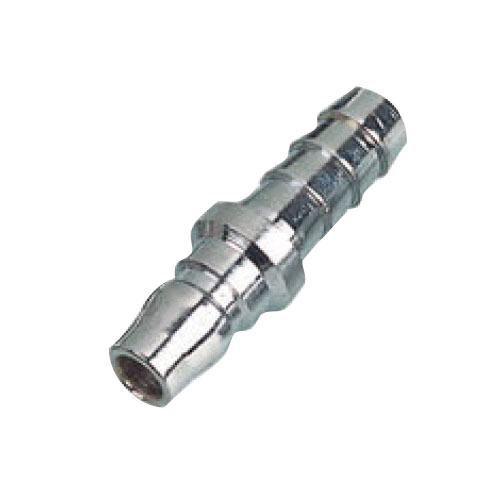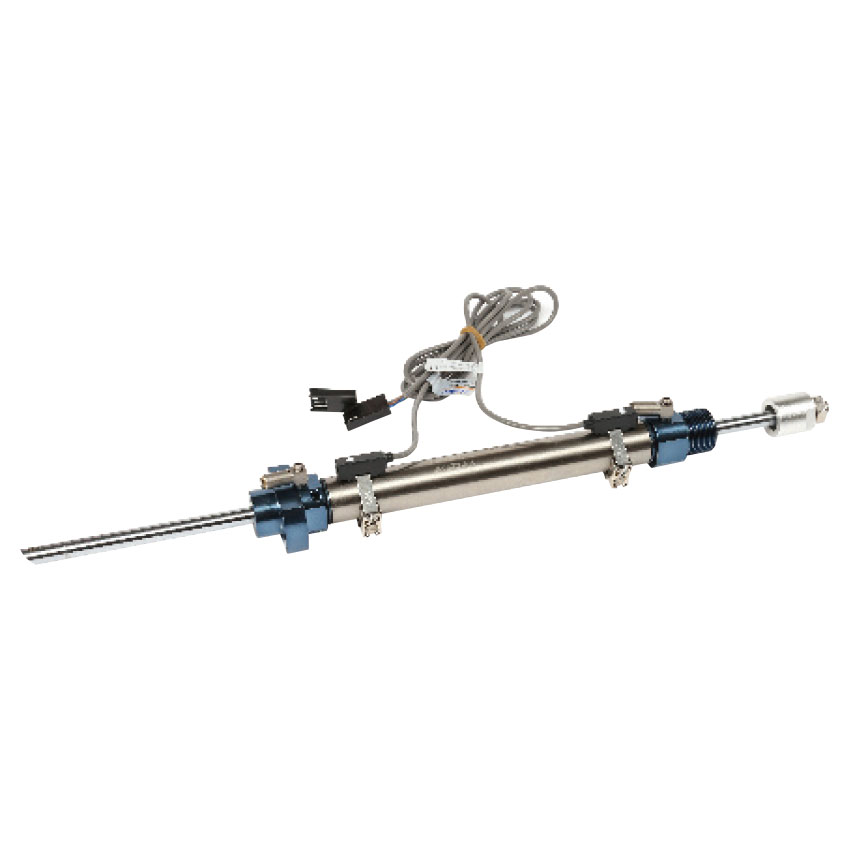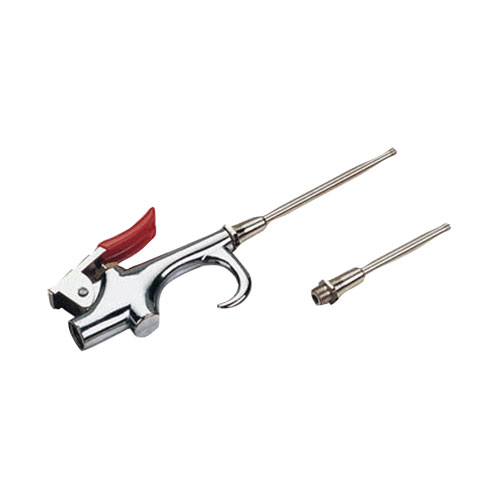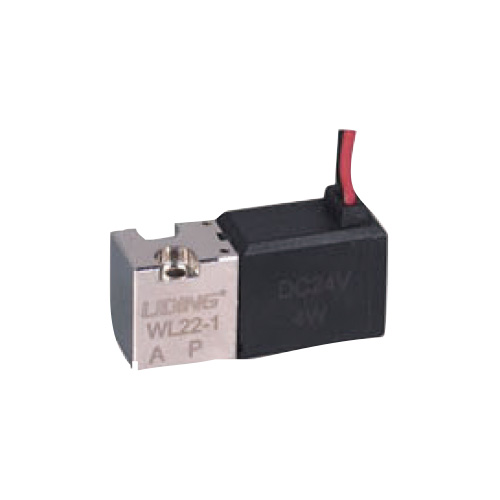What is the principle of Pneumatic Control Solenoid Valve sealing
The requirements for the sealing performance of the Pne […]
The requirements for the sealing performance of the Pneumatic Control Solenoid Valve should be based on the prevention of leakage. According to the different parts and degrees of its leakage, the leakage of the Pneumatic Control Solenoid Valve is different. Therefore, different leakage prevention measures need to be proposed.
Sealing is preventing leakage, so the principle of valve sealing is also studied from preventing leakage. There are two main factors that cause leakage, one is the main factor affecting the sealing performance, that is, there is a gap between the sealing pairs, and the other is the pressure difference between the two sides of the sealing pair. The principle of valve tightness is also analyzed from four aspects: liquid tightness, gas tightness, leakage channel sealing principle and valve sealing pair.
1) Liquid tightness
The tightness of the liquid is carried out by the viscosity and surface tension of the liquid. When the valve leaking capillary is filled with gas, surface tension may repel the liquid or introduce liquid into the capillary. This forms a tangent angle. When the tangent angle is less than 90°, the liquid will be injected into the capillary, which will cause leakage. Leaks occur because of the different properties of the media. Experiments with different media will yield different results under the same conditions. Water, air or kerosene can be used. When the tangent angle is greater than 90°, leakage will also occur. Because it is related to the grease or wax film on the metal surface. Once the film on these surfaces is dissolved, the characteristics of the metal surface change, and the liquid that was originally repelled will wet the surface and leak. In view of the above situation, according to the Poisson formula, the purpose of preventing leakage or reducing leakage can be achieved under the condition of reducing the diameter of the capillary and the viscosity of the medium.
2) Gas tightness
According to Poisson's formula, the tightness of gas is related to the viscosity of gas molecules and gas. Leakage is inversely proportional to the length of the capillary and the viscosity of the gas, and proportional to the diameter of the capillary and the driving force. When the diameter of the capillary is the same as the mean degree of freedom of the gas molecules, the gas molecules flow into the capillary with free thermal motion. Therefore, when we are doing the valve sealing test, the medium must be watered to play a sealing role, and air, that is, gas, cannot play a sealing role. Even if we reduce the diameter of the capillary below the gas molecules by plastic deformation, the flow of the gas still cannot be stopped. The reason is that the gas can still diffuse through the metal wall. So when we do gas test, we must be more strict than liquid test.
3) The sealing principle of the leakage channel
The valve seal consists of two parts, the roughness that is scattered on the wave surface and the waviness of the distance between the wave crests. Under the circumstance that most of the metal materials in our country have low elastic strain force, if the state of sealing is to be achieved, it is necessary to raise higher requirements for the compressive force of the metal material, that is, the compressive force of the material must exceed its elasticity. Therefore, when designing the valve, the sealing pair is matched with a certain hardness difference, and under the action of pressure, a certain degree of plastic deformation sealing effect will be produced. If the sealing surface is made of metal materials, the uneven protruding points on the surface will be suitable for early appearance, and only a small load can be used to plastically deform these uneven protruding points at the beginning. When the contact surface increases, the unevenness of the surface becomes plastic-elastic deformation. At this time, the roughness on both sides of the recess will exist. When it is necessary to apply a load that can cause severe plastic deformation of the underlying material, and make the two surfaces in close contact, these remaining paths can be made close along the continuous line and hoop direction.
4) Valve sealing pair
The valve sealing pair is the part that is closed when the valve seat and the closing member are in contact with each other. During use, the metal sealing surface is easily damaged by intercalated media, media corrosion, wear particles, cavitation and erosion. such as wear particles. If the wear particles are smaller than the unevenness of the surface, the surface accuracy will be improved without deterioration when the sealing surface is run-in. On the contrary, the surface accuracy will be deteriorated. Therefore, when selecting wear particles, factors such as their material, working conditions, lubricity and corrosion to the sealing surface should be comprehensively considered. Just like wear particles, when we choose seals, we must comprehensively consider various factors that affect their performance in order to play the function of preventing leakage. Therefore, materials that are resistant to corrosion, scratches and erosion must be selected. Otherwise, the lack of any one of the requirements will greatly reduce its sealing performance.








